Musicians Shine Brightly at Mainly Mozart’s Spotlight Series
Saturday night’s program at The Scripps Research Institute under the aegis of Mainly Mozart’s Spotlight Series presented exquisite performances of two rarely encountered masterpieces. The level of musicianship and virtuosity by all of the players left me wondering if chamber music playing can actually be performed better than this. The imaginatively crafted program utilized the artistry of Steven Copes, violin; Hsin-Yun Huang, viola; Peter Wiley, cello; David Shifrin, clarinet; David Jolley, horn and the inimitable Anne-Marie McDermott, piano and series curator.
Giants walked the stage and held the full house in rapt attention.
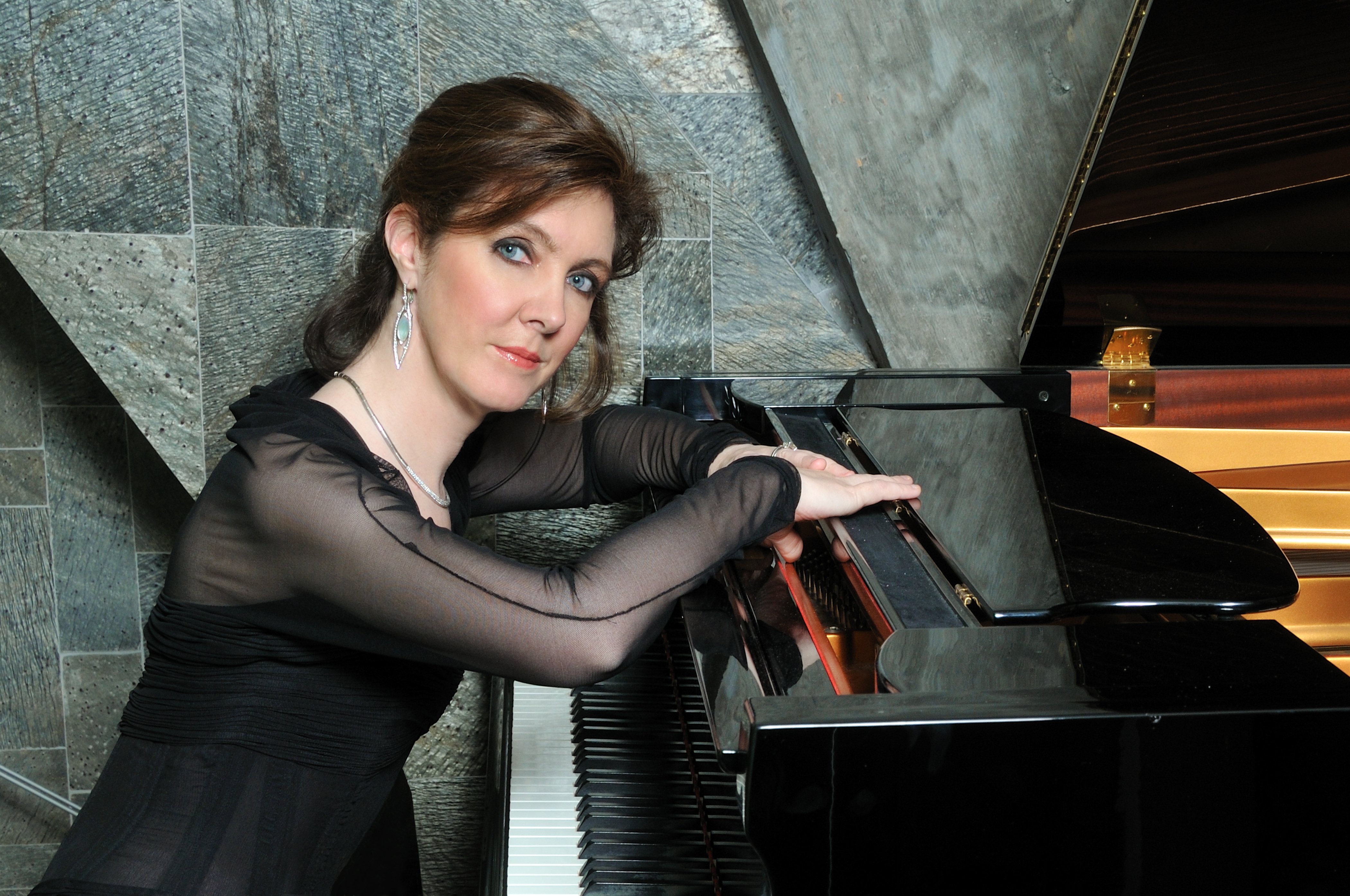
Anne-Marie McDermott [photo courtesy of Mainly Mozart]
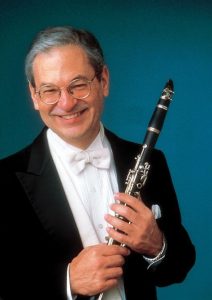
David Shifrin [photo courtesy of Mainly Mozart]
Although a Gigliotti protegé from his Curtis days, I hear very little of the teacher’s rather strident sound. Instead, the influence of Shifrin’s other great teacher, the former Cleveland Orchestra legend Robert Marcellus shines through. One of the difficulties in modern clarinet playing is the stylistic imperative to play without vibrato. This means that intonation has to be spot on or it simply sounds out of tune. Non vibrato allows for no “wiggle room.” Shifrin’s intonation, however, is so good they could have tuned the piano to him (they didn’t.)
The second major difficulty of the instrument lies in the remarkable challenge of phrasing as seamlessly as a singer. The bel canto ideal allows no gaps in the musical line, which is much harder to pull off playing non vibrato. Shifrin, like his benefactor Marcellus, delivers a seamless line: truly astounding and remarkable clarinet playing, redolent of the late, great Harold Wright.
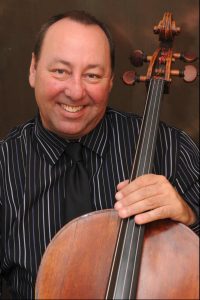
Peter Wiley [photo courtesy of Mainly Mozart]
The Beethoven Trio however, demands a collective of selfless chamber musicians where no single virtuoso’s voice is allowed to dwell above the others. Instrumental blends on Saturday were ideal, balances nearly perfect and every delicious passage was played impeccably.
The Sextet in C Major, Op.37, for Violin, Viola, Cello, Clarinet, Horn and Piano by Ernst von Dohnányi (1877-1960), an unjustifiably ignored composer, is a massive, four movement masterpiece. Composed in 1935, several reference works identify it as being his final chamber music piece. No evidence is readily available for its genesis nor rationale for its unusual instrumentation.
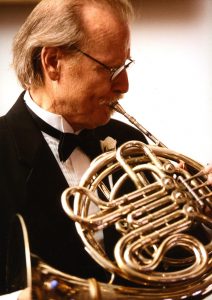
Writing in a mainstream style during the interwar period, Dohnányi developed a harmonic language reminiscent of Richard Strauss and Gustav Mahler, but more pointedly, Alexander von Zemlinsky. Traits of Zoltán Kodály, Leos Janáček and even Bohuslav Martinů are also discernible. Nonetheless, Dohnányi’s language is sui generis. In reality, he sounds simultaneously like many others and like no one else.

Hsin-Yun Huang [photo courtesy of Mainly Mozart]
Each of the sextet of musicians acquitted him or herself ably. Of particular interest was the way that hornist Jolley and clarinetist Shifrin were able to meld their timbres into a single color. Jolley suffered some wobbles in his normally laser straight sound, but that issue was dispensed with by the second movement. Balances between the winds and the upper strings could have used some regulating, but no doubt subsequent performances will allow the players to sort that out.
I am constantly amazed at McDermott’s ability to modulate her sound, and she never succumbed to the temptation of overpowering her colleagues. Instead, during those passages where she functioned as an accompanist, she supported each of the soloists in her proverbial, timbral arms, like a mother cradling her child. McDermott’s sonic control is stunning. She constantly maintains an active, Pressler-like presence in encouraging, cajoling, prodding or simply luxuriating in her colleagues’ artistry. She is an ideal music making partner.
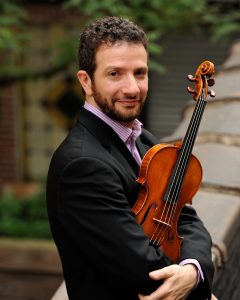
Steven Copes [courtesy of Mainly Mozart]
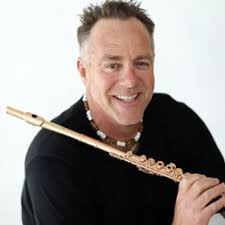
Yochanan Sebastian Winston, Ph.D. has performed throughout the United States, Europe and Latin America. His repertoire spans classical, jazz, klezmer, new age, contemporary, rock & roll and pop and is very active as a composer. Dr. Winston holds a Ph.D. from the UCSD, a Diplôme from the Conservatoire National de Region de Boulogne-Billancourt (France), and a Master’s and Bachelor’s of Music from the Manhattan School of Music in New York City.
